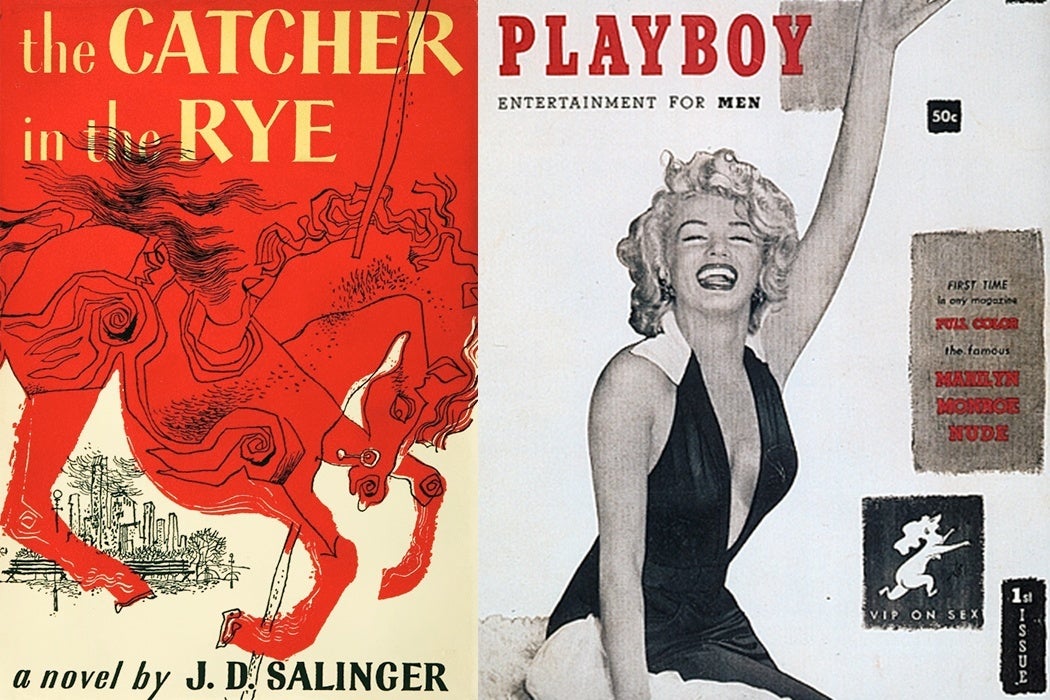What do Playboy, Physique, Mad Magazine, and The Catcher in the Rye have in common? They were all targets of the Citizens for Decent Literature (CDL), “the preeminent anti-obscenity group of the 1960s” in Whitney Strub‘s words. Strub’s revealing article in the Journal of the History of Sexuality details the history of this now-obscure but influential organization.
Strub argues that the CDL “aroused” an anti-porn public with teasing images, helped pioneer political direct-mail fundraising, and bridged the Old and New Rights, laying a foundation for Moral Majority-style concentration on social issues like abortion and homosexuality in the 1980s.
The CDL’s 1963 film Perversion for Profit argued that pornography led to homosexuality and the corruption of children, as well as venereal disease, “illegitimate” births, and, ultimately, the moral decay of the nation. Thus weakened, America was prey to the international communist conspiracy. The half-hour film is now in the public domain: it may come across as lurid and campy, but it still resounds in today’s political struggles over sexuality.
Playboy seems an obvious choice for anti-obscenity campaigners, as does Physique, which portrayed male models. But Mad and The Catcher in the Rye? The trouble, of course, is that obscenity/smut/pornography tends to be in the eye of the beholder. Once censors are unleashed, they tend to keep going.
Strub shows how the national office of the CDL made a point of campaigning against obscenity as defined by the Supreme Court. CDL claimed they were just helping law enforcement, that they were neither religiously inspired nor pro-censorship. The power of the Catholic Church over Hollywood in the 1930s and 1940s and the Nazi book-burnings had given censors a rather bad odor by the late-1950s, and CDL didn’t want to be associated with them. But local branches of the organization, perhaps aroused by Perversion for Profit‘s titillations, went rogue, hounding the satirical irreverence of Mad and Salinger’s cursing and disrespect for authority. Ultimately, the center-branch structure fell apart, leading to the group’s dissolution.
Interestingly, the CDL was the brainchild of Charles Keating, a name better remembered from the late 1980s’ S&L crisis and the “Keating Five,” a group of senators who were allied with him. Keating’s bank collapsed, costing the government $3 billion, and ruining bondholders and investors. As a result, Keating would spend more than four years in jail for fraud. An ironic touch: Strub notes that Keating was notorious for demanding his female employees get breast enhancements.







